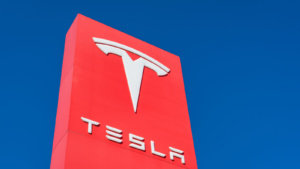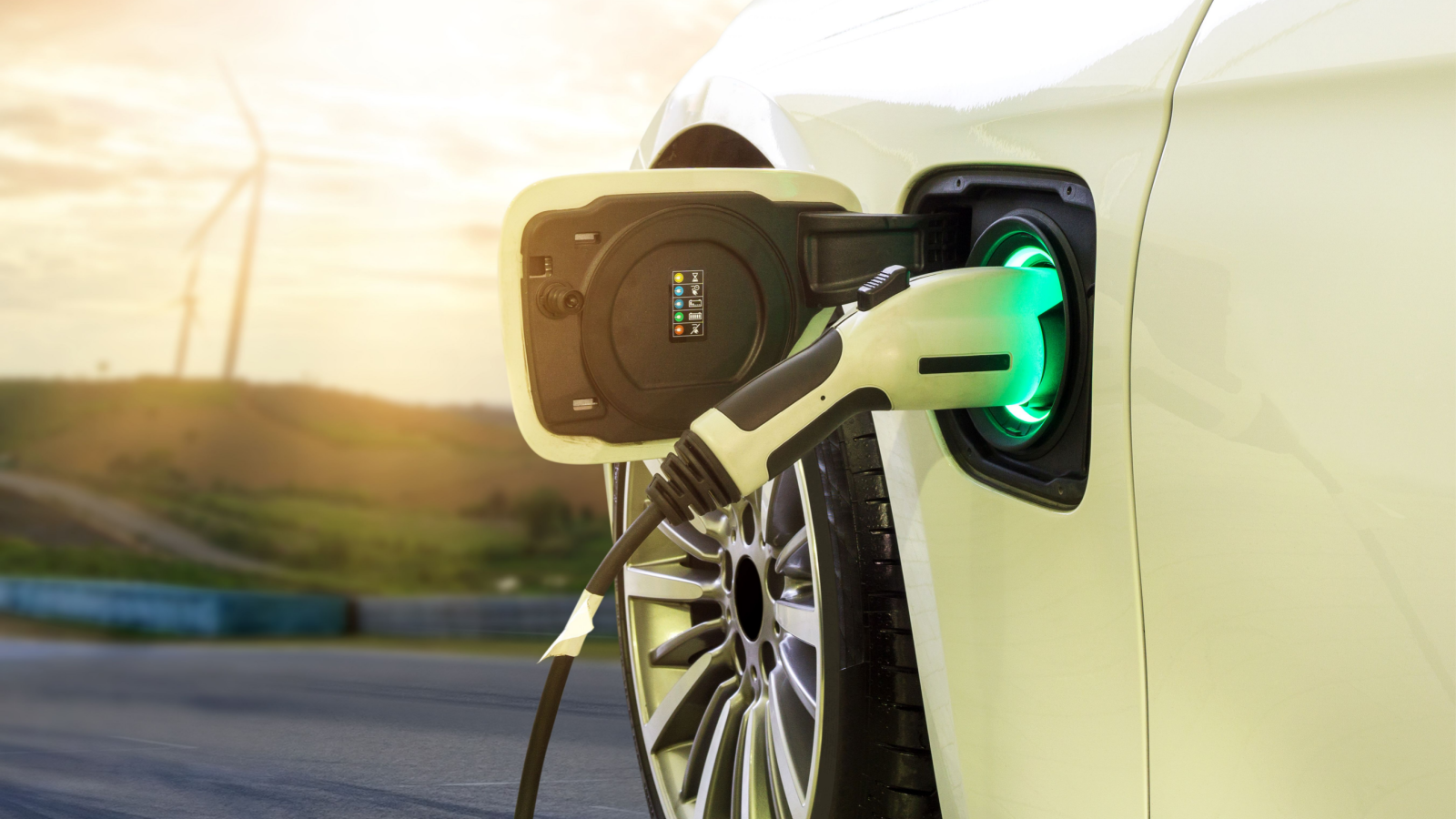When industry sentiments are positive, the stocks in that industry are generally overvalued. It’s only when industry sentiments are depressed that multiple stocks trading at a valuation gap can be found. That is perfectly true for the electric vehicle industry. EV stocks have plunged as pessimists talk about the industry being dead.
It’s a fact that EVs face macroeconomic and competitive headwinds. It’s also a fact that EV adoption has been slower than expected. However, it’s too early to believe the industry is dead. Once macroeconomic headwinds wane, I expect EV deliveries growth to accelerate.
Further, competition is intense, but not all EV companies will survive. Players will fade out on the back of sustained cash burn. The ones remaining will emerge stronger and lead the next bull run for the industry.
This column discusses three EV stocks to buy now that are undervalued and can deliver multibagger returns by the end of the decade.
Tesla (TSLA)

Tesla (NASDAQ:TSLA) used to have the margins of a technology company. With factors of macroeconomic headwinds and competition, margin compression has impacted stock sentiment. In recent news, Tesla announced a $2,000 price cut for three of its five models in the U.S. That will have a further impact on EBITDA margin and cash flows.
However, it’s important to note that Tesla has strong fundamentals. Once the macroeconomic headwind is navigated, deliveries growth will likely accelerate. Further, there will be casualties in the EV industry on the back of intense competition. Tesla is well-positioned to survive and grow in the long term.
From a stock price perspective, TSLA stock has plunged below $150. Considering weak sales and margin compression, I would not go overboard. However, it makes sense to gradually accumulate. If EV adoption continues to grow globally in the coming years, Tesla will remain among the top three players. Innovation will provide the company with an edge over its peers.
Li Auto (LI)

Amidst high volatility, Li Auto (NASDAQ:LI) stock has remained sideways in the last 12 months. I see this as a strong stock performance, considering the industry sentiments. At a forward price-earnings ratio of 18, LI stock is trading at a valuation gap.
I believe if I had to choose an emerging EV company from China, it would be Li Auto. The company looks better positioned for growth and value creation when compared to the likes of Nio (NYSE:NIO) and XPeng (NYSE:XPEV).
It’s worth noting that Li Auto ended 2023 with a cash buffer of $14.6 billion. Further, for Q4 2023, the company reported free cash flow of $2 billion. That implies an annualized FCF potential of $8 billion.
Therefore, financial flexibility is high for aggressive investment in retail network expansion within China. At the same time, the company continues to invest in technological upgrades and new models. In April, Li announced the launch of Li L6, a five-seat premium family SUV. The commercial deliveries for L6 have commenced this month and will support healthy deliveries growth.
Panasonic Holdings (PCRFY)

Among EV battery names, Panasonic Holdings (OTCMKTS:PCRFY) stock seems like a steal at $9.5. PCRFY stock trades at an attractive forward price-earnings ratio of 7 and has remained largely sideways in the last 12 months. I expect a big breakout on the upside once industry sentiments reverse.
An important point to note about Panasonic is that the company is high on innovation. Besides planning for EV battery capacity expansion, the company is investing in making batteries with a longer range and higher safety.
In December 2023, Panasonic announced a partnership with Sila Nanotechnologies to procure next-generation silicon anode material for EV batteries. With silicon-based EV batteries, the company expects to achieve a 25% increase in battery energy density.
In terms of manufacturing capacity, Panasonic expects a battery capacity increase of 200 GWh by 2031. That would imply a quadrupling of capacity from the last financial year. Panasonic also expects a steady improvement in EBITDA margin in the coming years.
On the date of publication, Faisal Humayun did not hold (either directly or indirectly) any positions in the securities mentioned in this article. The opinions expressed in this article are those of the writer, subject to the InvestorPlace.com Publishing Guidelines.
